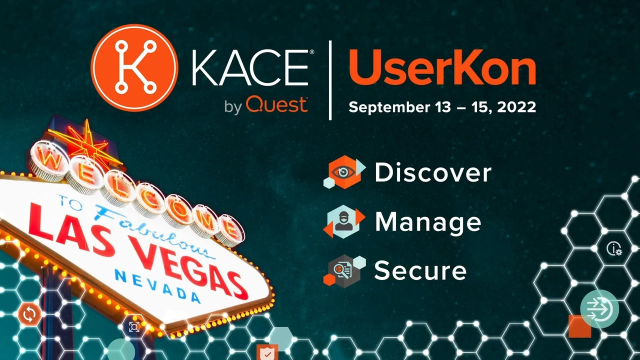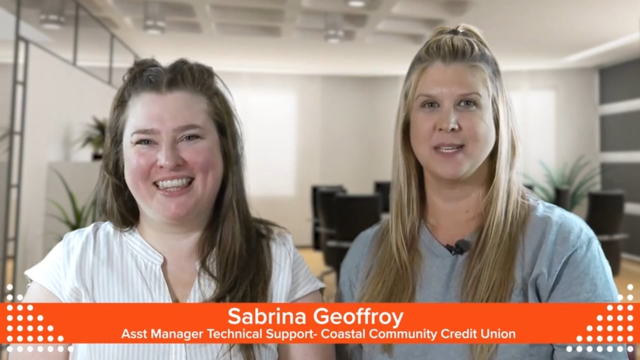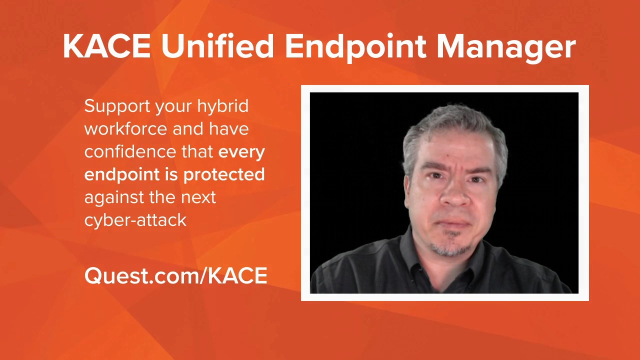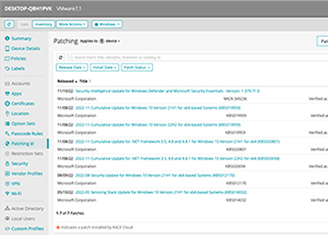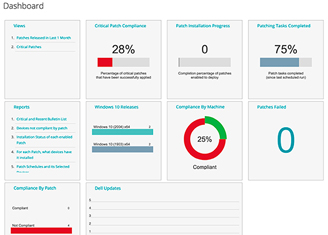Welcome. This is KACE On the Go, a vlog series on trending topics and KACE solutions. Are you struggling to keep track of your IT assets and make sure they're updated and secure even when they're remote? Are you ready for the next cybersecurity attack? Are you leaving your data center behind and moving to the cloud? You're not alone. Welcome to the KACE On the Go vlog.
Hey, welcome to another version of KACE On the Go. Today, we're going to talk about software metering. My name is James Rico. I'm a senior sales engineer. Dave, do you want to introduce yourself?
Hey, I'm Dave Hunter. I'm the same as James. I'm a senior sales engineer with KACE, my focus on the West Coast. And yeah, thanks for having me today, James.
Yeah, no, great to have you. Hey, yeah, so we're going to talk about software metering and how KACE does that. For those who don't know, basically, KACE allows you to track software in your environment, track licenses against that. And we can actually kind of unique thing is track software is being launched or not. How often is it being launched? Who's using it, what machine it's on, so really help narrow down how software is being used in your environment.
Dave, I know you had a deal you worked recently that the customer specifically needed that do. You want to talk a little bit about that?
Oh yeah, sure, yeah, you betcha. Yeah, so I had a customer, James in a fairly large engineering firm. And of course, their software is typically very expensive in that space. They actually trialed a couple of competitive products, and they were almost ready to purchase. And then they found out that without naming competitors, they really couldn't do the job right. So my sales rep asked me to do a demo, briefly talking to the customer. And I was like, well, the demo won't really cut it. So let's just spin up a trial box up in Azure.
The same day, you could tell the customer was invested, they deployed 25 machines. And we spent a couple of weeks, just sat down, worked out from inventory. We have a fairly robust software asset management database in our software catalog, right? So once we discovered the software in the environment, we could single-click meter. So we collected that data for two weeks. And then we basically just had a wrap-up meeting with the customer to prove out, hey, we can do what you want, right?
So he was incredibly happy. And then once we got over that initial hurdle, we spent a little bit of time how else we can support their environment through the balance of the box. So we talked about software patching, third party patching including the engineering software is actually part of our catalog. Software distribution, how can we update, maintain, remove applications as well as the reporting and self-service user portal and things like that.
So it was an awesome experience. It's typically, it was a very short win for us hyper focused on what the customer needed. And then once we tick that box, we went through and how else can we compliment and make their day-to-day life easier and their environment more secure. As you know, our viewers probably don't. Our products come with Quickstart, so it's kind of a mandatory onboarding/PSO/training that covers most of the box, right?
So he wanted a little bit more in-depth training for his team. So I invited Mark Gonzalez as our PSO Architect Manager in. We wrote a statement of work for that as well as some custom reporting so that we could really dig deeper into his software license usage and put some polished reporting around that.
Yeah, and I think most the time, we see folks that are after software metering. They have those titles that are pretty expensive. And I think we're probably talking about an AutoCAD today. So for them, he said he needed metering, but what was his end goal, or why did he need to meter that software?
Yeah like you can imagine the cost of AutoCAD depending on what currency you're in. It's $6,000 $10,000, right? And for them, in particular, I think they had up to 1,000 engineers on the road. So it's a very sizable investment, right? So you could use software metering in various use cases. You know James is my new engineer. I just onboarded. He's asked for A, B, and C. I can actually look at my install base. I can see what I have.
Once I have a import from my portal as to my license ownership status, I can actually see what I own, who's got it, is it being used? So I can actually make informed decisions around do I need to go and invest more money in that software title? Or can I just reallocate a piece of software that maybe Dave's not using and give it to James, right? So there's lots of wins. I mean, we're talking about that.
But the software catalog can be used for simple things like standardization of off the shelf products like Google Chrome, Firefox, or Adobe Reader, right? Why am I supporting five versions of Adobe Reader in my environment, right? The catalog can give you very specific install bases and counts and monitor major software roll ups. So it can extend further past his use case. We also do application control in the catalog as well, so things like BitTorrent and stuff.
If you want to say, hey, I just don't want BitTorrent to ever be executed in my environment, we can also do that within the catalog as well.
Yep. I think one of the things I like about it is it helps people project their spend for next year. So when they're going for that budget hey, here's exactly what we need. Here's exactly what we're needing. I think anoth
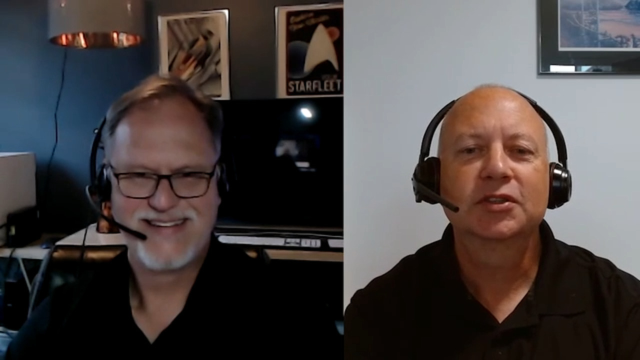 10:18
10:18
